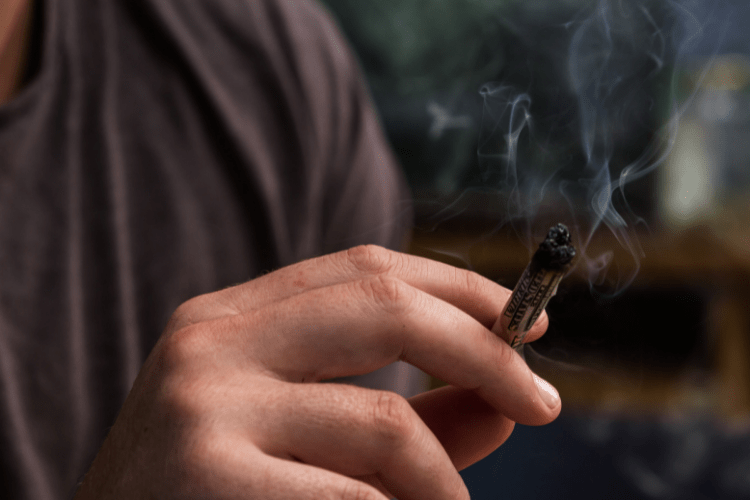
Pipe or joint? An intergenerational cannabis debate
It’s long. It is difficult. It’s got a round tip, and it’s not what you’re thinking of. I’m talking about the Sebsi, a traditional cannabis pipe used in Morocco. Are you a pipe or a common person? The historic pipe is preferred by older smokers, while joints are more popular with teenagers. Why? Let’s examine these two philosophies and the generation separation between pipes and joints.
Sebsis anatomy
The Sebsi consists of a narrow hardwood handle (40 to 50 cm), a small clay bowl, and a thin metal mesh that is used to hold cannabis in the bowl. Sebsi smokers light kif – dried, chopped cannabis – and inhale at the other end of the stem. The Sebsi offers a small portion of herbs at a low temperature. Because of its long shape, Moroccans refer to smoking the Sebsi as playing golf. And like golf, it’s a discipline preferred by the elderly. During my time in Morocco, I researched why.
Every time I smoked the Sebsi it felt like industrial and laborious work. First comes the assembly. The user screws two sticks together to form the narrow stem (the air duct). Once attached, the smoker fills the bowl with a small amount of kif (25 mg) and embeds it on one end of the stem. Then they need to hold the tube at an angle and ignite the bowl as they inhale to ensure proper combustion. It takes two to three puffs for the kif to burn. Then comes the cleaning of the grille. All this precise coordination for one, short-lived, high-minded.
Illustration by OriginalSebsi
Why do people like this pipe?
Too many steps and too short a high. It didn’t seem worthwhile to me. Still, the Sebsi has been used for centuries and has maintained its popularity over time. I asked cannabis smokers why they prefer Sebsi to joints. The most common answers were:
- “My father and my grandfather smoked the Sebsi. It’s a family tradition. “
- “It’s natural. Just herbs, no poisonous shit.”
- “The Sebsi requires discipline. I like it.”
- “It’s a lot cheaper.”
- “I can go back to work in a minute.”
Okay, that made more sense. Unlike hash, kif is not cannabis resin, but dried male plants that are chopped into powder. Male plants contain more CBD and less THC than female plants, hence the short high. Mohamed, the cannabis farmer from the Rif Mountains, had the same reasoning. During the day he smoked the Sebsi and saved joints for the reward at the end of the day.
The kif, a cultural asset
In Morocco, kif is much cheaper than hashish ($ 0.01 / g versus $ 1 / g). In addition, there are no recurring expenses such as tobacco, filters or cigarette paper. The Sebsi is a one-time investment and kif is a raw material. The cost of smoking cannabis with a Sebsi is insignificant compared to that of a joint, both in terms of money and effects.

The price and short high explain the Sebsi’s popularity. Among all the reasons I heard, one caught my attention. “The Sebsi is noble,” said Mohamed. “When you finish a joint, throw it away, but when you finish smoking the Sebsi, clean it, disassemble it and store it in leather. Besides, you don’t bring it to your lips like a vulgar cigarette. No, hold it right, light it and bow. “
An ancient ritual
There was a unique philosophy behind Mohamed’s words. Smoking the Sebsi is an ancient tradition in North Africa. A tradition that is mainly cultivated by artists, craftsmen and farmers. The act creates a power shift between the artist and his art, between enjoyment and respect, between man and nature. The fact that it takes two hands, a rigorous process, and a royal awe gives the Sebsi its artifact status. Perhaps that is why the elders prefer it.
Pipe or joint, I see them as a means to an end. To create, to relax or to laugh, the end is the choice and privilege of the smoker. Cannabis smokers like their habits and what shall we say, old habits die hard.
I choose joint instead of pipe and efficiency instead of tradition. Where do you stand in the pipe-versus-separation? Let us know in the comments!

Post a comment: